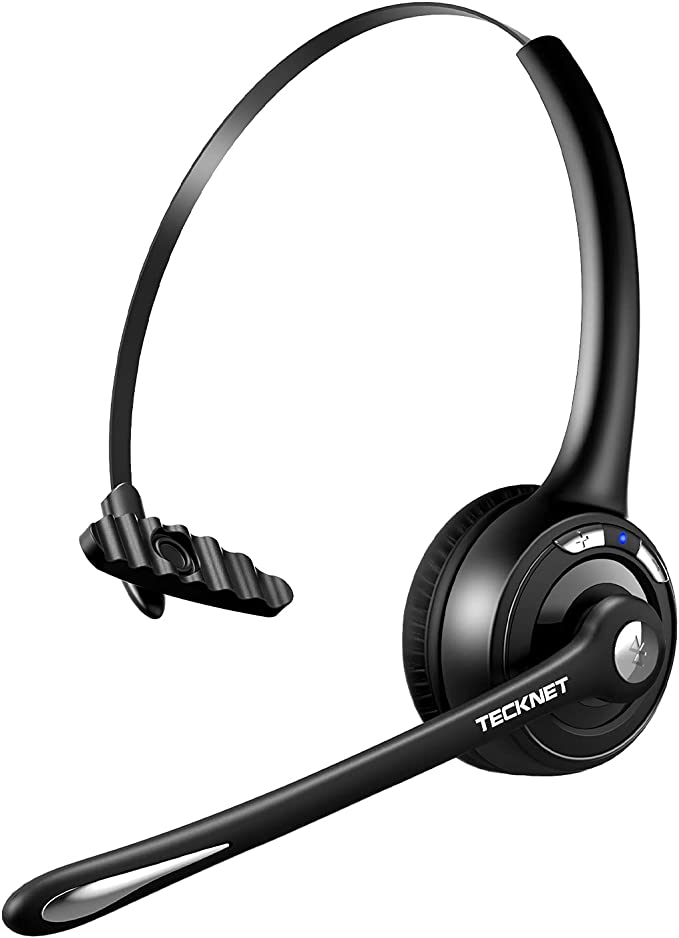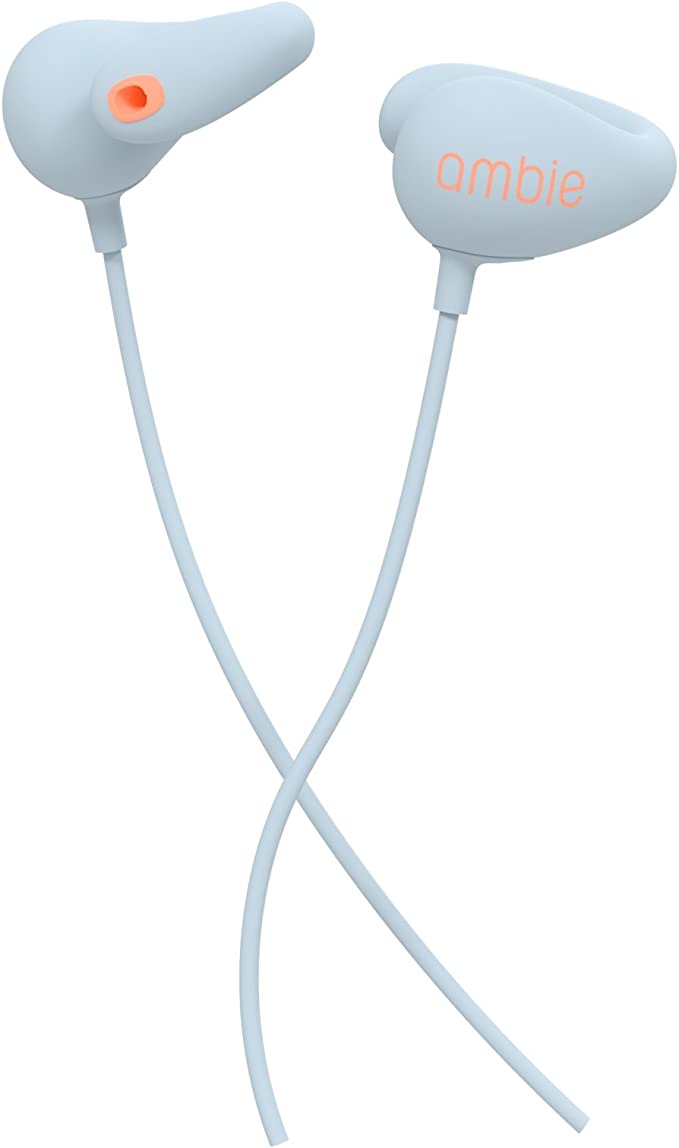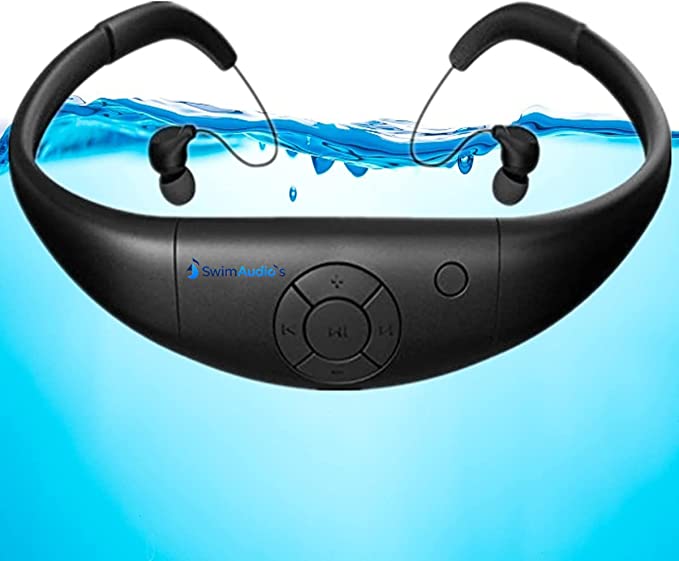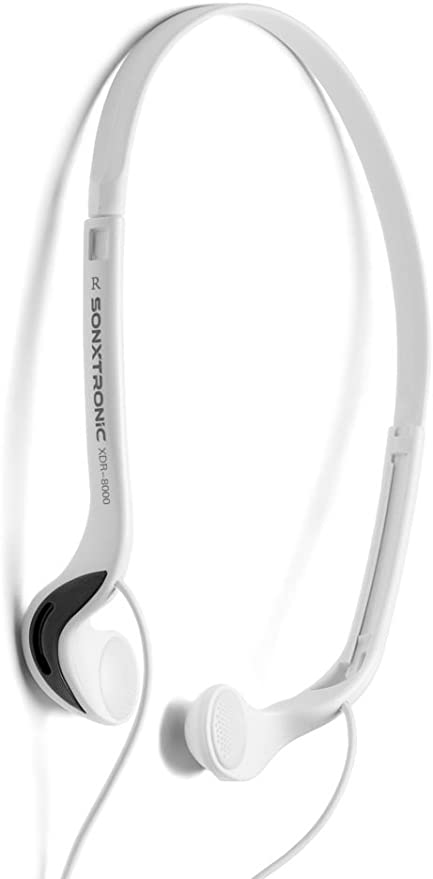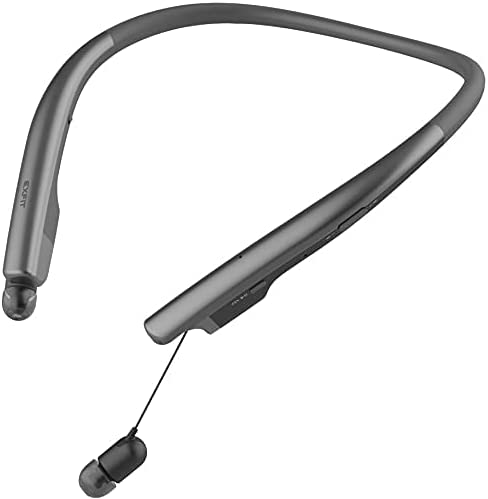More Than Motion: The Science of Joy and Psychological Recovery in Mobility-Impaired Dogs
Update on Oct. 14, 2025, 6:19 p.m.
1. Introduction: The Quiet Fade: When Physical Stillness Becomes a State of Mind
For anyone who has loved a dog, the sight of their physical decline is heartbreaking. But the most painful change is often not the halting gait or the inability to climb stairs. It is the quiet fading of their spirit. It’s the Golden Retriever, once obsessed with fetch, who no longer lifts his head when you pick up the tennis ball. It’s the energetic terrier who now spends her days in a single spot, watching the world through a window she can no longer reach. This stillness is more than physical; it’s a state of mind. The loss of mobility in canines is a direct pathway to profound psychological distress, a silent wound that, if left unaddressed, can diminish their world far more than the paralysis of their limbs.

2. The Unseen Wound: The Link Between Immobility and Canine Mental Health
A dog’s world is fundamentally experiential, built upon a foundation of movement. The freedom to run, jump, explore, and sniff is not a luxury; it is as essential to their mental well-being as food and water are to their physical health. When this freedom is abruptly taken away, it triggers a cascade of negative psychological effects.
At the core of this is the concept of Learned Helplessness. First identified in studies by psychologist Martin Seligman, this phenomenon occurs when an animal learns that it has no control over a negative situation. For a dog that can no longer stand to greet you, reach its water bowl without help, or escape a minor annoyance, the world becomes unpredictable and uncontrollable. This learned belief that “nothing I do matters” is a direct precursor to depression, apathy, and a withdrawal from life.
Biochemically, this chronic stress state can lead to elevated levels of cortisol, the body’s primary stress hormone. Sustained high cortisol levels are linked to a host of health problems and can suppress the very brain chemicals, like dopamine and serotonin, that are associated with pleasure, motivation, and well-being. The dog isn’t just sad; its brain chemistry is actively working against its ability to feel joy.
3. The Spark of Agency: How Restored Motion Rewires the Brain for Joy
The antidote to learned helplessness is the restoration of agency—the feeling of control over one’s own actions and their consequences. This is where a well-designed mobility aid, like a canine wheelchair, becomes more than just a piece of medical equipment. It becomes a neurological tool.
The first time a dog is properly fitted into a cart and realizes it can move forward on its own volition, something profound happens. That simple act of cause and effect—“I pushed with my front legs, and the world moved”—begins to dismantle the neural pathways of helplessness. It re-introduces the power of choice.
This is magnified when the device allows for a return to species-specific behaviors. An all-terrain wheelchair that enables a dog to roll onto the grass and engage in the deep, satisfying act of sniffing does more than exercise its body. Sniffing is a primary way dogs process information and is intensely rewarding. It triggers the release of dopamine in the brain, effectively rewiring it for pleasure and engagement. The wheelchair, in this context, is not just providing motion; it is providing access to joy.

4. Beyond the Wheels: Building a Holistic Ecosystem for Recovery
While a wheelchair can be the catalyst for recovery, lasting psychological health depends on building a rich, supportive environment around the dog. This is the principle of Environmental Enrichment. The goal is to create a world that continues to offer challenges, stimulation, and novelty, even within physical limitations.
This can include: * Adapting the Home: Using non-slip rugs to create safe “highways” for the cart, raising food and water bowls, and ensuring easy access to comfortable resting spots. * Re-imagining Play: Shifting from high-impact games like fetch to ground-based activities. Scent work games, where treats are hidden for the dog to find, are exceptionally stimulating and can be done easily with a wheelchair. Food-puzzle toys provide mental challenges that combat boredom and build confidence. * Preserving Social Bonds: Ensuring the dog can still participate in family life. This might mean placing their bed in the center of the living room or ensuring they can comfortably accompany the family on gentle walks. Positive, controlled interactions with familiar dogs can also prevent social isolation.
5. The Co-Regulation Loop: How Your Calmness Becomes Theirs
Perhaps the most crucial element in a disabled dog’s recovery is the emotional state of their human caregiver. Dogs are exquisitely sensitive to our emotions. They co-regulate with us, meaning our anxiety, stress, or grief can directly elevate their own. Conversely, our calmness, patience, and positivity can provide a powerful stabilizing force.
Caring for a mobility-impaired pet is emotionally taxing. It is essential for owners to manage their own feelings of guilt or sadness and to approach care with a calm, confident energy. The process of getting a dog accustomed to a wheelchair, for instance, requires immense patience. If the owner is anxious, the dog will associate the device with that anxiety. If the owner is positive and encouraging, the dog is far more likely to see it as a tool for fun and freedom. This shared journey is not linear; there will be difficult days. Acknowledging this and focusing on consistent, compassionate leadership is the foundation of a successful recovery for both ends of the leash.
6. Conclusion: Redefining a Full Life, Together
True rehabilitation for a mobility-impaired dog is a holistic endeavor, where physical support and psychological well-being are treated as two sides of the same coin. An engineering marvel like a modern dog wheelchair is a powerful instrument, but its true magic is unleashed when it’s used as part of a broader strategy of care. It is the key that unlocks the door to agency, exploration, and joy. By understanding the science behind our dogs’ emotional needs and by consciously building an environment of enrichment and stability, we do more than manage a disability. We partner with them to redefine what a full, happy, and engaging life looks like, proving that a dog’s spirit is not confined to the legs that carry them, but resides in the heart that loves them.










